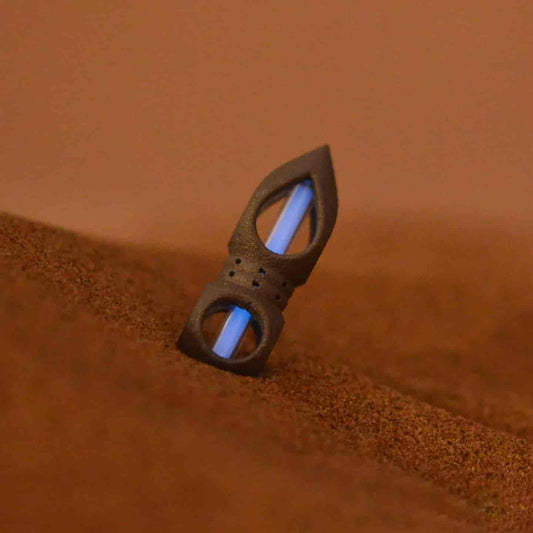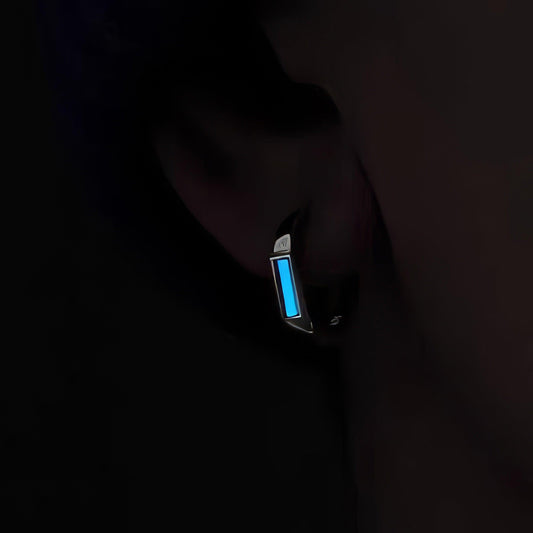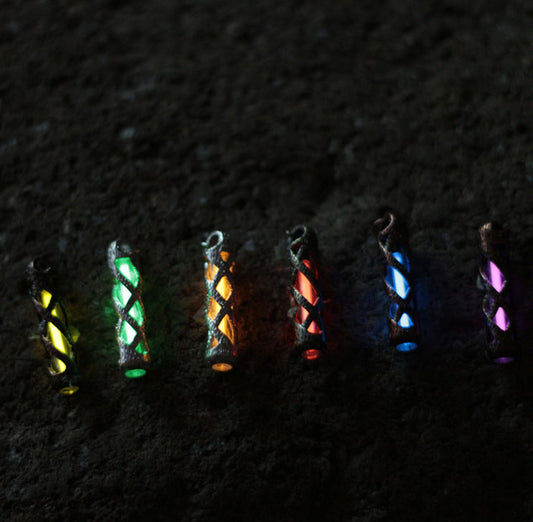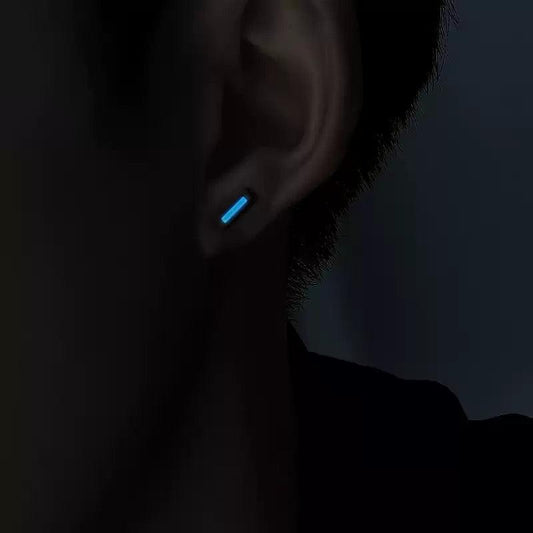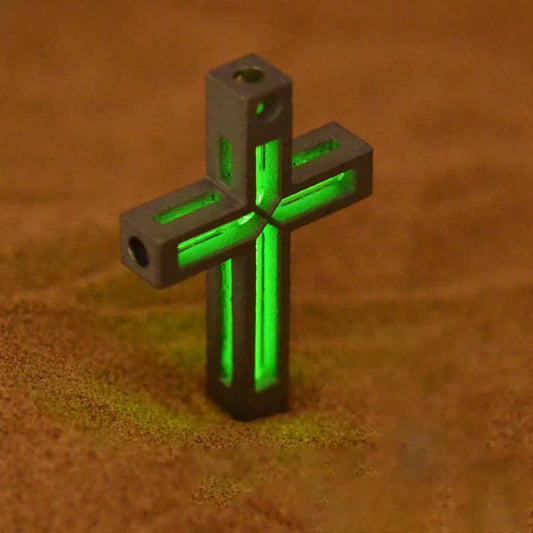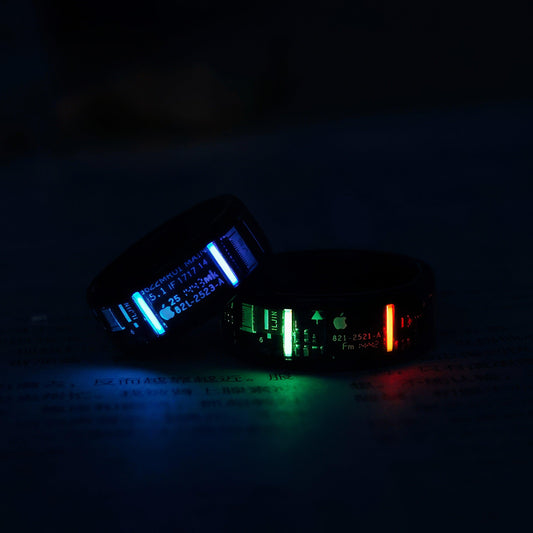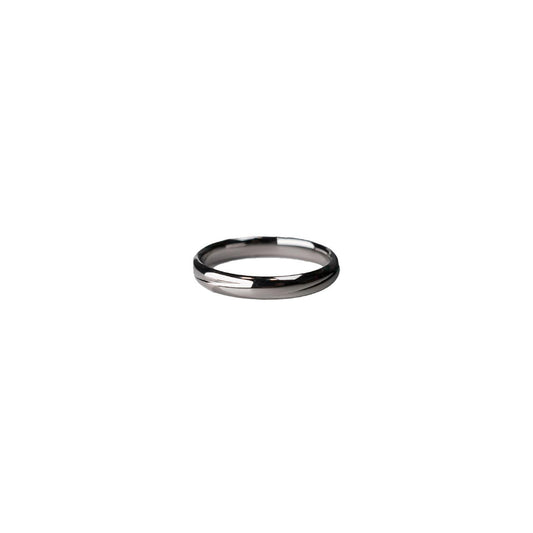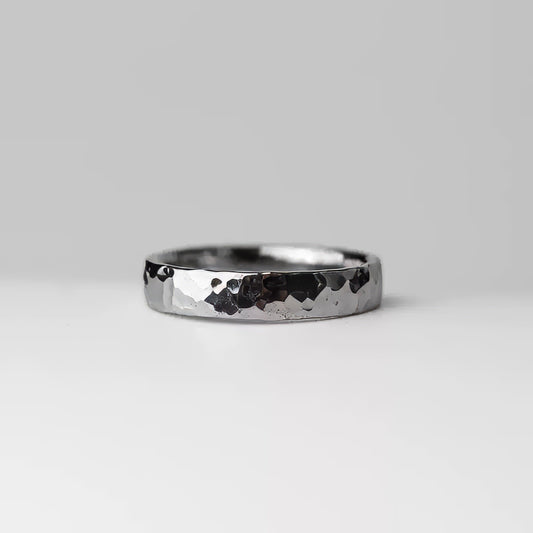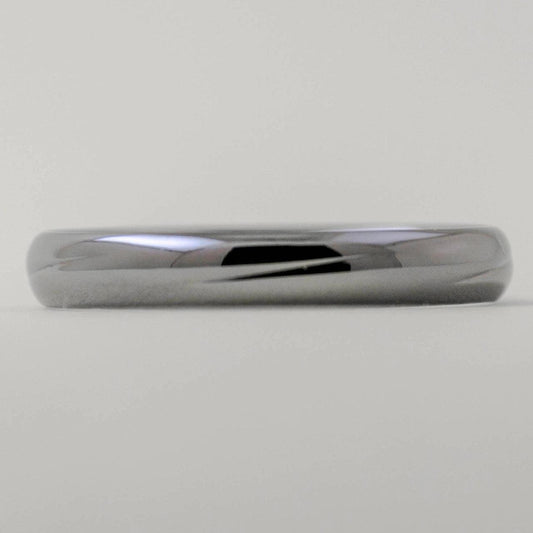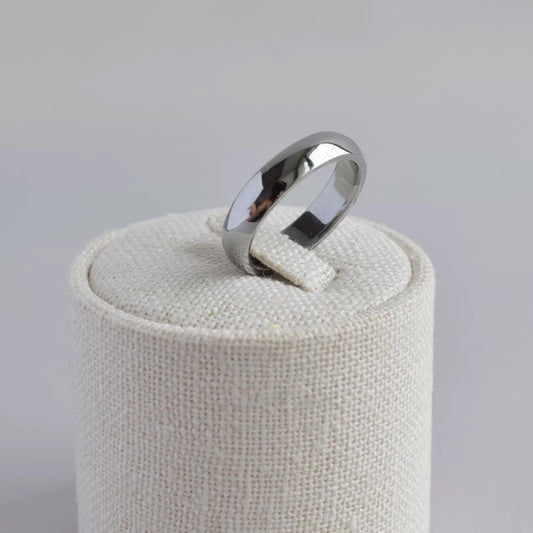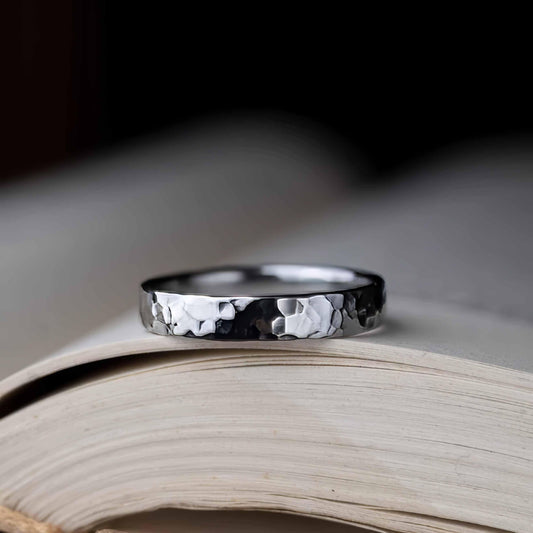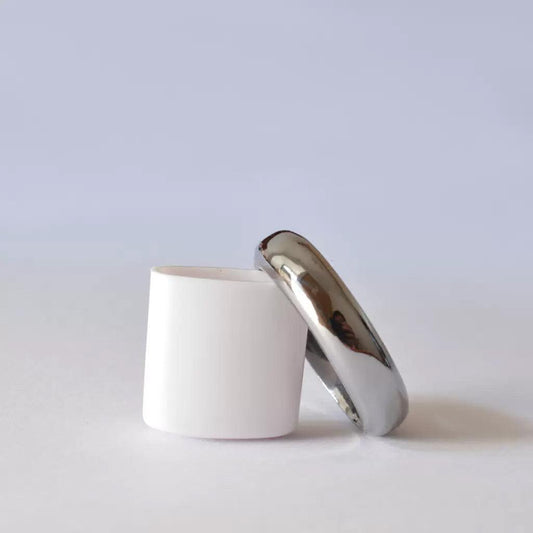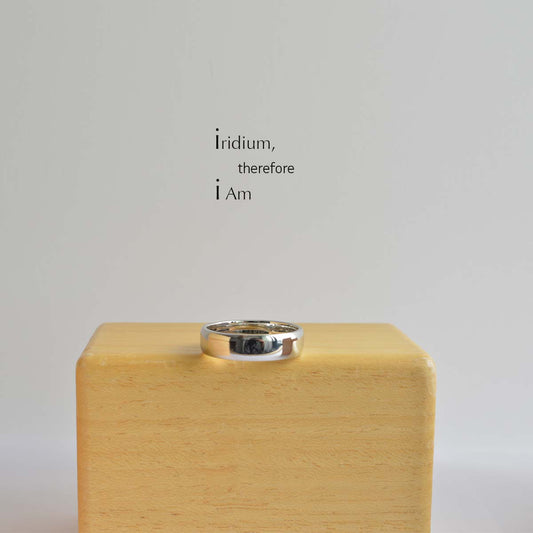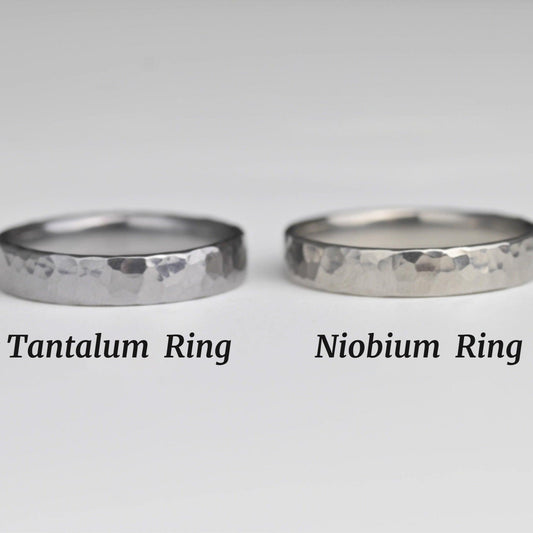Are Lab-Grown Diamonds Really Fake A Deeper Look
Are Lab-Grown Diamonds Really Fake A Deeper Look
I remember the first time a glistening diamond caught my attention. It was my grandmother’s wedding ring, a family heirloom she proudly showed off during holiday gatherings. As a child, I was entranced by how it seemed to capture sunlight, like a tiny galaxy on her finger. Fast forward a few decades, and now we have lab-grown diamonds stirring the pot, making me rethink what we value in a gemstone.
So, are lab-grown diamonds fake? It's a loaded question, depending largely on what "fake" means to you. If we’re talking about chemical composition, lab-grown diamonds are identical to their mined counterparts. They're not simulants like cubic zirconia or moissanite. In fact, lab-grown diamonds consist of pure carbon, just like the diamonds formed deep within the Earth's mantle.
Let's pivot to the topic of authenticity, where opinions get colorful. I recently had a lively debate with a friend over whether the origin of a diamond matters. She's a staunch traditionalist, believing that only a natural stone can capture the true essence of a diamond. For her, the legacy and romance tied to a gem mined from Earth's depths make it special. Yet, when I consider the environmental footprint of mining and the ethical dilemmas often associated with the trade, lab-grown diamonds present an appealing alternative. They offer beauty without the baggage—no blood diamonds, no deep-earth drilling.
Then there's the cultural angle. In the age of transparency, consumers are keener than ever to know the roots of what they’re buying. Lab-grown diamonds are gaining popularity, especially among younger generations who are shifting values towards sustainability and ethical consumption. The stigma of a "fake" diamond seems to be fading, replaced by a sense of pride in choosing a more eco-conscious option.
To explore further, I visited a jeweler who specializes in lab-grown stones. Holding one in my hand, I couldn't find any differentiating marks with the naked eye. It sparkled with the same intensity, casting tiny rainbows under the light. The jeweler explained that industry-grade testers won't reveal a difference. In truth, only specialized equipment in a laboratory setting can confirm a lab-grown origin. This fact alone makes any claims of 'fakery' seem a bit exaggerated.
But let's not dismiss human sentiment so easily. There’s an undeniable allure to stories—of diamonds as ancient treasures, slowly formed over millennia. For some, this is the gem's essence, and no lab can reproduce that narrative. Yet, for others, the appeal lies in innovation, in the marvel that human ingenuity can recreate one of nature's most coveted creations in a lab.
With the idea of authenticity in mind, when my younger cousin called off her engagement and mailed back the ring, it got me thinking. The ring had a lab-grown diamond, something she and her fiancé chose intentionally. Interestingly, that choice became symbolic of their modern approach to life—not bound by tradition but guided by values they shared.
Ultimately, whether a lab-grown diamond is "fake" might hinge more on perspective than facts. They are authentic in their material and ethical in their creation. Perhaps it's time to redefine authenticity, not as a matter of origin, but as a reflection of our evolving relationship with luxury, ethics, and the stories we choose to value.
Sometimes, after these discussions, I think back to my grandmother's ring. Despite its age, it continues to sparkle with stories—both old and new. Just like the debate over lab-grown diamonds, it's a conversation that never really loses its luster.
